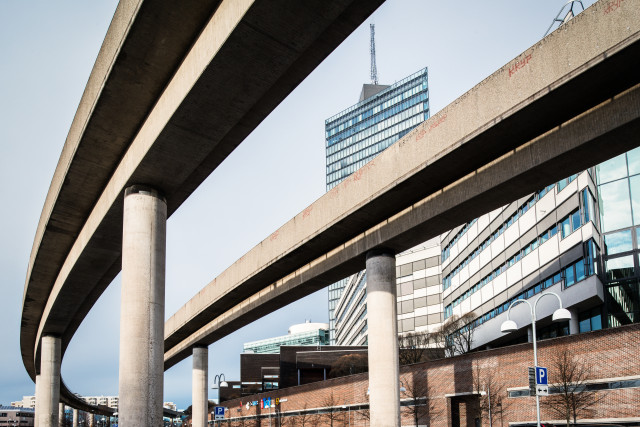The course starts with a design part that consists of exercises in sketching, modelling and form theory. In parallel, a CAD tool is introduced.
A large part of the course consists of a project work. The project goes out on to design a new or improve an existing product. Aspects such as form, function and manufacturing should be considered. The product idea should then be illustrated with physical and virtual models. The project starts with a kick-off with exercises in project work.
The aim of the project work is to obtain a wider context for, and perspective on design and product realization.
In parallel with the project, the field of sustainable development is introduced, with the aim to understand and be able to reflect critically.
On completion of the course, the student should:
have knowledge of the working methodology in a product realization process and the engineer's role.
be familiar with the importance of industrial design in a product development process, and working methods for design, visualisation and creation of models.
be able to use some engineering computer tools, especially CAD, to make 3D models for visual communication and manufacturing drawings.
have experience of working in small groups and in larger project groups with formal project meetings and distribution of tasks, following a process.
understand the structure of a technical report and have trained language and content aspects of a technical report.
be able to plan and carry out oral presentations.
have knowledge of the concept of sustainable development.
